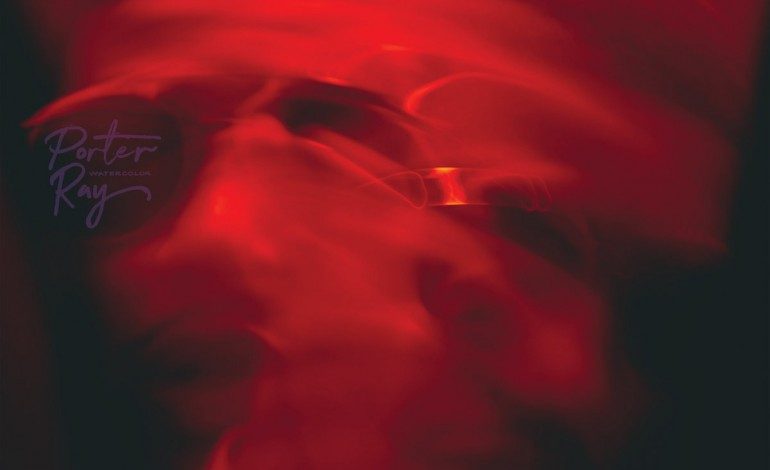

Seattle Neo-Storyteller Evokes the Nineties
The artistic statement that Porter Ray released for Watercolor is no study in modesty. “You should already know who Porter Ray is (but you probably don’t),” it begins. The statement continues by hailing Ray as an anomaly, delineating the many ins and outs of his life and taking barely-veiled shots at the trap artists currently at the helm of mainstream hip-hop. It is hard not to associate the likes of Future and 21 Savage with a manifesto that reads as such: “The craft is even more garbled and devolved by the haze of excessive prescription pharmaceuticals that most of its purveyors (and many of its consumers) are slave to.”
An anomaly, Porter Ray is not. A masterful storyteller, though, Porter Ray is.
In the tradition of hardcore greats from Jay-Z to Nas, Porter Ray functions as a product of the world that created him. However, unlike many lauded rappers of the present, Ray expresses himself via magnification rather than analysis. No track is a greater example of this technique than the simply titled “East Seattle,” a quilt of various hardships. “My bro went blind from a .9 busted / broke his dome / and called the ambulance from his own f**king phone,” Ray raps, the lack of gravitas in his tone speaking to the commonality of this violence as much as the words do themselves.
With the vivacity of the stories, field recordings and quotations that Ray has assembled, Watercolor tiptoes around the maudlin internality that can commonly become the result of anecdotal hip-hop. By allowing his words (plus those of his mother, his incarcerated girlfriend and many others from his neighborhood featured throughout the album) to serve as a window into the life that he has experienced, Ray provides an opportunity for the listeners to draw their own analyses — to self-interpret rather than to simply absorb. It is this very nature that draws such certain parallels to hip-hop’s progenitors and that helps define the dividing line between Porter Ray’s output and that of hip-hop at large.
There is no doubt that Watercolor is wholly shaded with the hues of reversion. The production, provided by Ray’s Seattle collaborators B-Roc, Tele Fresco, Dez Anthony and KMTK, is an updated footstep in the lineage of the ’90s New York sound, evoking the work of a young Pete Rock or DJ Premier — the Rhodes that tickles “My Mother’s Words” hints at the sampling that dominated the early ’90s, and “Bulletproof Windows” is certainly a direct result of Illmatic’s influence. However, there is something assuredly non-New York at the heart of this music. It is this fringe, this very cusp at the edges of the instrumentals, that unites the album in what Porter Ray describes as “the natural extension of musical traditions that have poured forth from the rich soil that is Seattle’s central district.” And in a musical culture dominated by the geographic triumvirate of New York, Los Angeles and Atlanta, Watercolor is a convincing thesis for heightened mainstream awareness of a Seattle sound.
As far as proponents for Seattle go, one would be hard-pressed to find an artist more Seattle-centric than Porter Ray. Much as Nas did for Queensbridge in Illimatic, Ray uses Watercolor to paint a stark portrait of central Seattle’s urban youth, shining a bright light into the dimly lit and forgotten corners of the culture in which he was raised. The fact that he is signed by Sub Pop — the Seattle-based record label famed for representing Nirvana and Soundgarden in the ’90s and Fleet Foxes and The Shins in the ’00s — is a testament to the artistic sensibility and nature of the city; Porter Ray’s draw to the Sub Pop family is certainly a function of culture rather than familiar artistic content.
However, Sub Pop has managed to draw a masterful freshman effort from Ray. And with Watercolor as his jumping off point, the listener must concede that, perhaps, Porter Ray is correct:
You should know who Porter Ray is.
And maybe, even he will evolve into a true anomaly given a bit of time.
